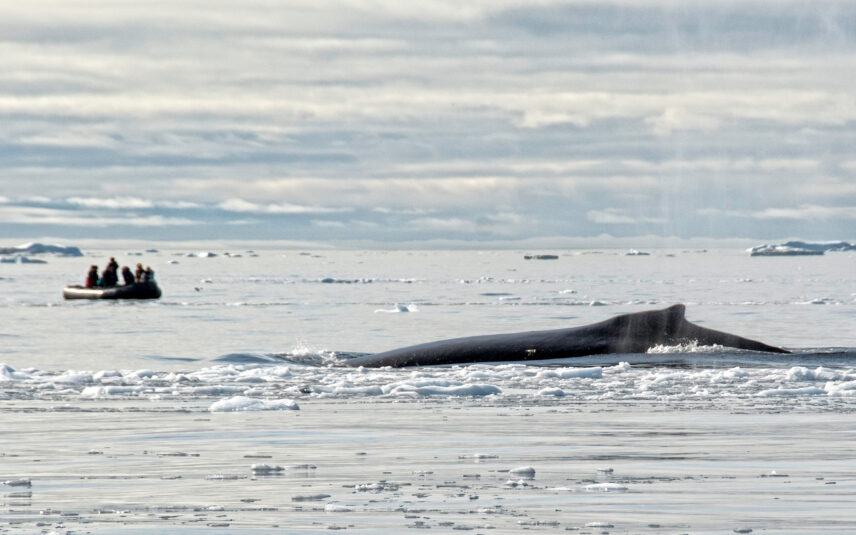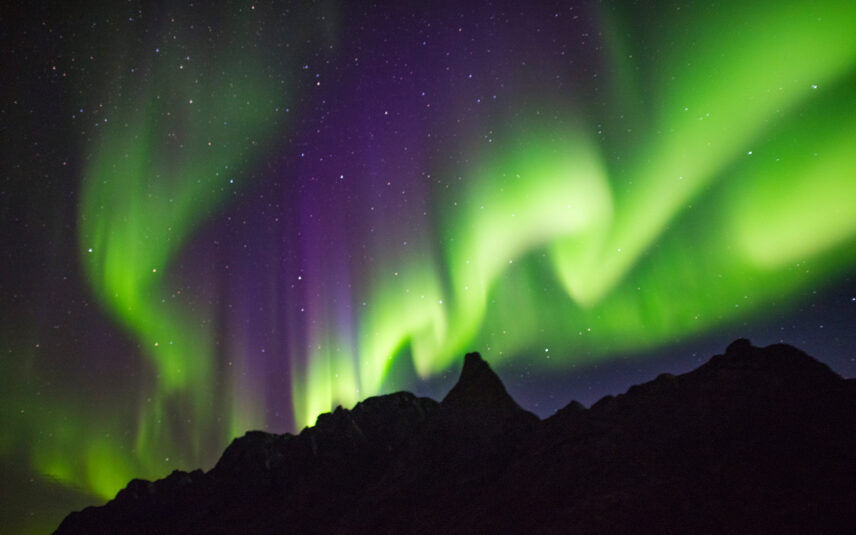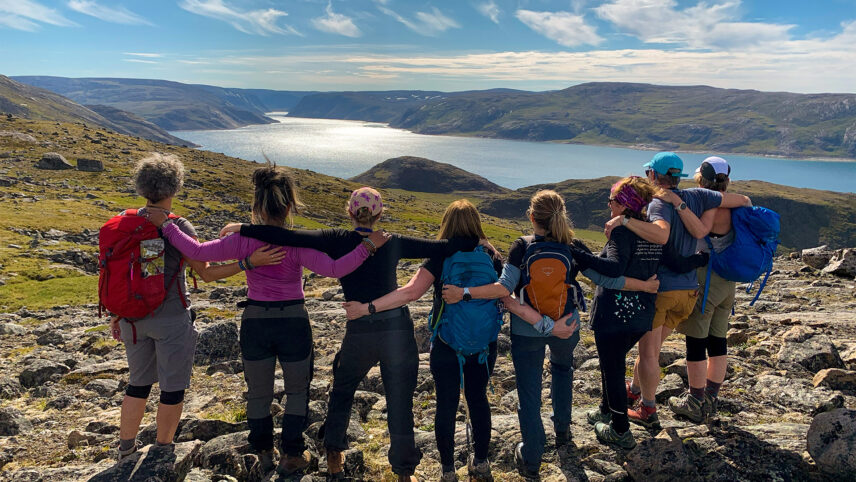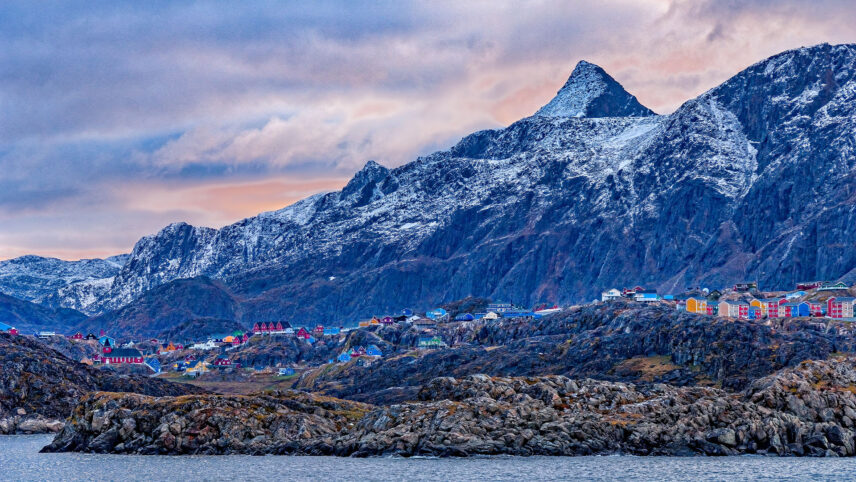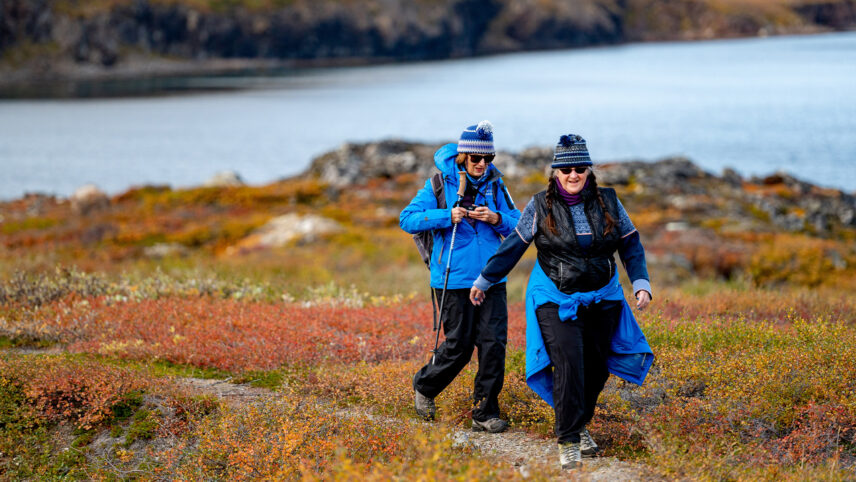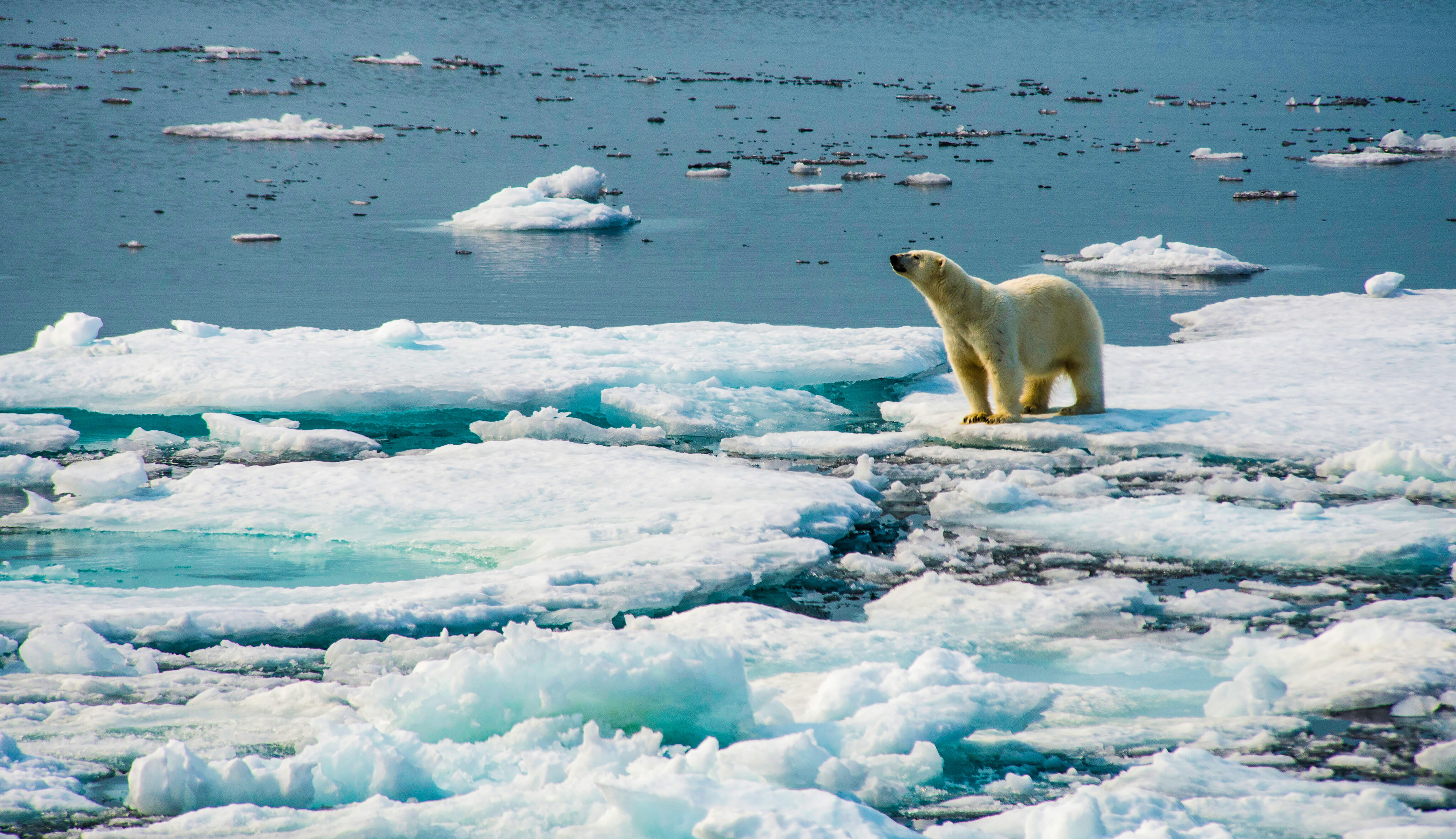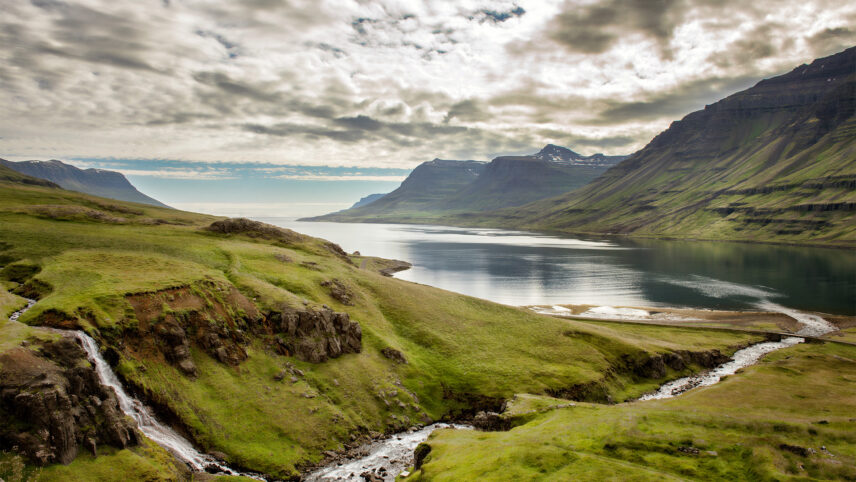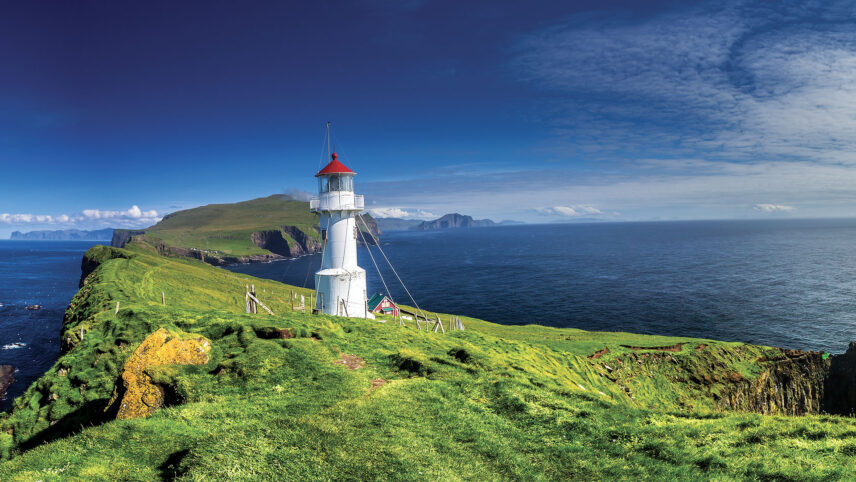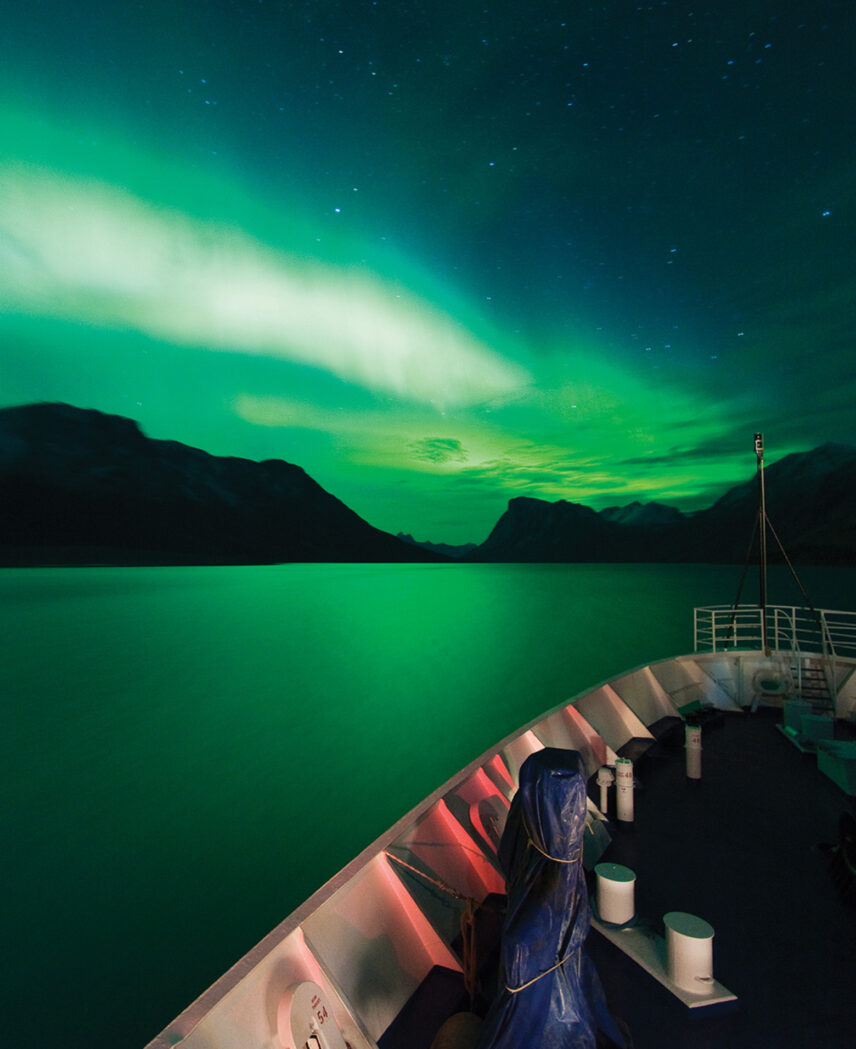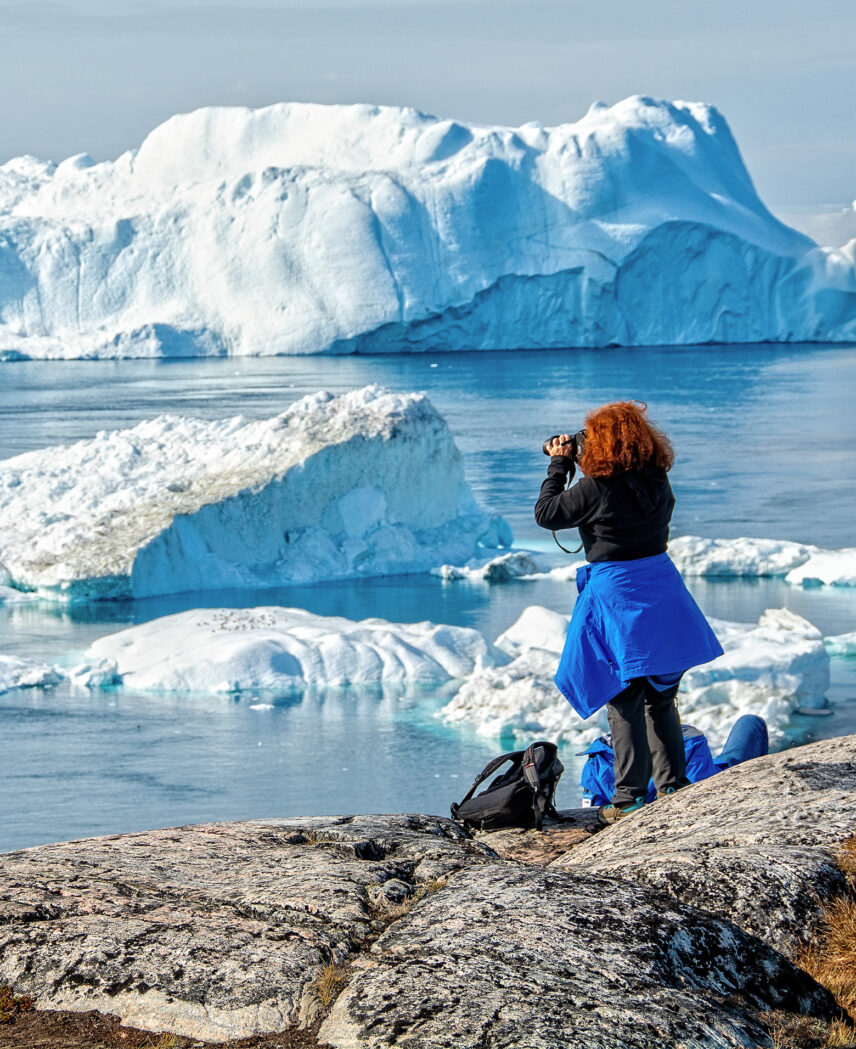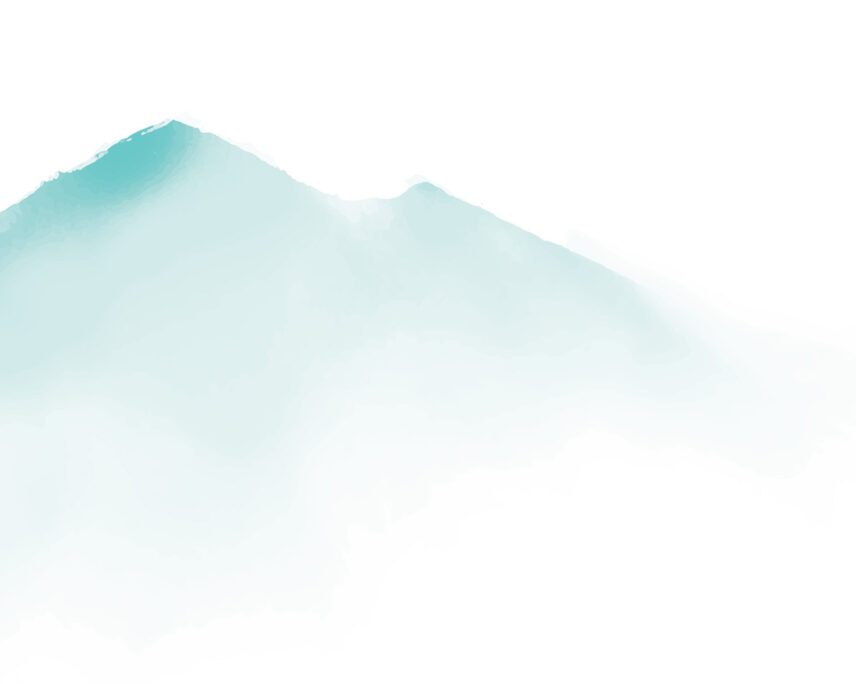

Trip Overview
Departures
Trip Dates + Prices
Duration
13 Days
Activities
Boating/Rafting
Cultural
Hiking
Small-Ship Expedition
Wildlife Viewing
Physical Rating
Easy
Be the First to Know
Interested in this trip? Get on the list for exclusive information and updates.


Experience the Midnight Sun
This small ship expedition is a full immersion into the mesmerizing landscape and traditions of the colorful Inuit communities that pepper the dynamic Greenland coast and Nunavut. Aboard the Ocean Endeavour, we navigate from Kangerlussuaq, Greenland to Qausuittuq and onward to Resolute, Nunavut while experiencing the Arctic at the peak of summer in the buttery glow of the Midnight Sun.
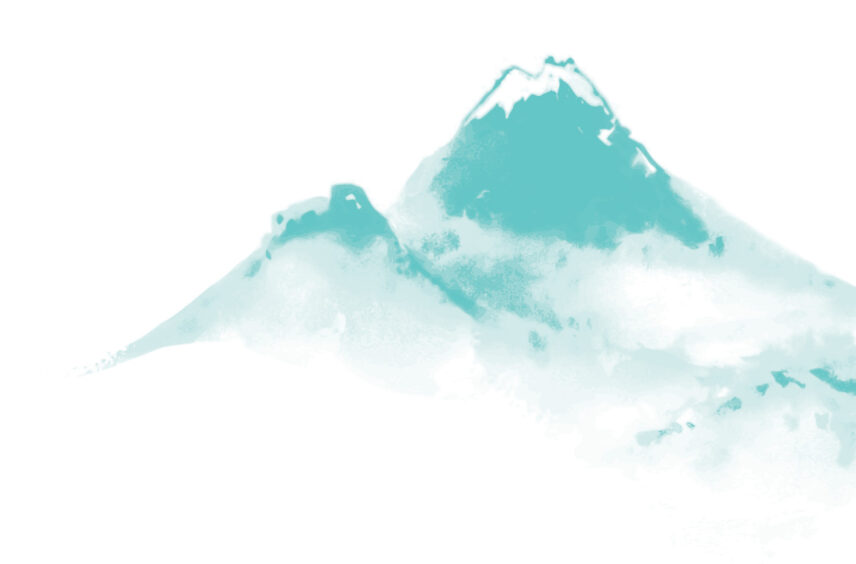
Hike Across Uninhabited Islands

Photo Credit: Stephen Gorman
Cruise into Rich Biodiversity
Daily excursions with expert guides provide the opportunity for close encounters with Atlantic Canada’s biggest bragging rights: ptarmigans, muskox, polar bears, whales, narwhals and seals. We also hike the largest uninhabited island on Earth (Devon Island) and visit Tallurutiup Imanga National Marine Conservation Area. In between, we learn about the deep ancestral connections of Arctic residents living in remote hamlets of Baffin Island and Greenland’s “Iceberg City.”
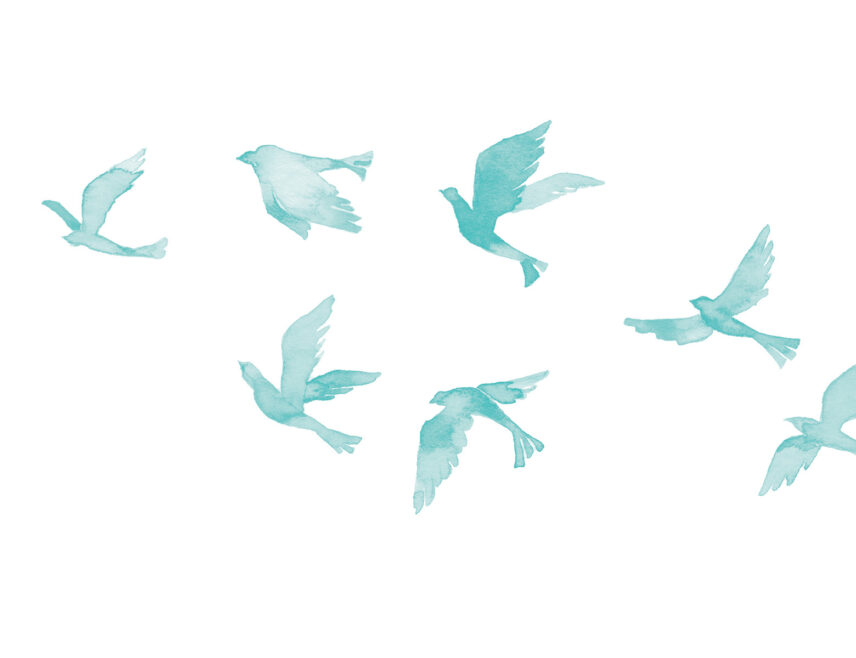
Itinerary
-
Day 1
Kangerlussuaq, Greenland
Break the Ice
We begin our adventure by boarding a northbound charter flight from Toronto, Ontario to Kangerlussuaq.
Kangerlussuaq is a former U.S. Air Force base and Greenland’s primary flight hub. Cue up the Top Gun soundtrack, right? Your first lesson begins with the pronunciation of Kangerlussuaq, which is kaˌŋɜˈɬːusːuɑq in Greenlandic. West Greenlandic is the official dialect that all children learn in addition to Danish and English. Greenlandic words can be extremely long but they often convey an entire sentence. For starters, try “aluu” (hello) or “baaj” (goodbye).
After a few stumbly aluus and a baaj we transfer by Zodiac to the Ocean Endeavour. With 104 miles (168 km) of staggering scenery to stare at, we follow the longest fjord in the world, Kangerlussuaq Fjord (Søndre Strømfjord) and cross the imaginary but remarkable Arctic Circle as we go!
Included Meals
All on-board meals
Accommodations
Your cabin on the Ocean Endeavour
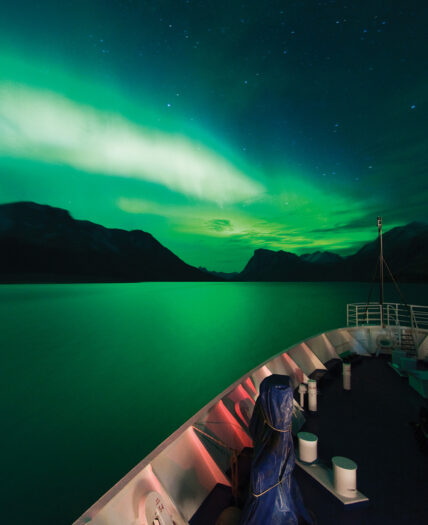
-
Day 2
Sisimiut Coast
A Cool Circle Community
West Greenland’s complex coastal waterways are a jumble of sculpture-like glaciers, islands, fjords and tight-knit Inuit communities. The waters are relatively warm here due to the subarctic location 25 miles (40 km) north of the Arctic Circle) and the West Greenland Current.
Sisimiut means “the people living in a place where there are fox dens.” How magical is that? It’s the second largest city in Greenland (population: 5,600) For the first 2,000 years, the people of the Saqqaq culture occupied the area until the Dorset culture was introduced 2,500 years ago. Dorset culture pulsed strong for 1,500 years until the settlement of the Thule people (the ancestors of Canada’s modern-day Inuit population).
You may be surprised to learn that this cool and contemporary Arctic Circle community has a city bus and skate park where lanky teens show off their best ollies and BMX wheelies.
Included Meals
All on-board meals
Accommodations
Your cabin on the Ocean Endeavour
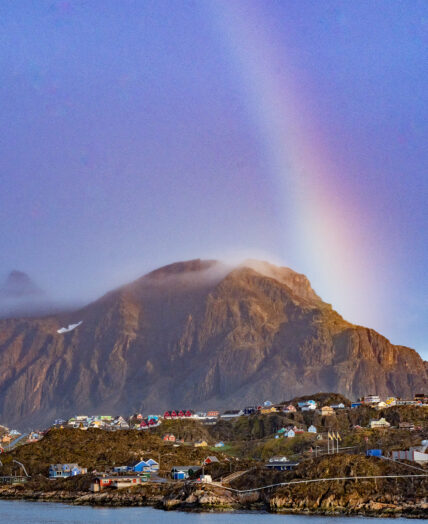
-
Day 3
Ilulissat
Choose Your Own Adventure
Ilulissat literally translates to “iceberg”—it’s easy to see why. Located at the open mouth of the Ilulissat Icefjord, a UNESCO World Heritage Site, the fjord is the main artery of the Sermeq Kujalleq glacier, the source of countless icebergs in the mighty North Atlantic.
The 34 mile-long (55 km) floating “natural sculpture park” is jammed with surreal icebergs. Via Zodiac, we learn about growlers, bergy bits and calving (of icebergs, not cows!). Along the boardwalk of Iluslissat’s busy fishing harbor we can also view the icebergs from shore.
In town, it’s choose your own adventure! Try Atlantic wolffish at a local resto or howl with the local motley crew of Greenland sled dogs. Museum nuts will want to check out the namesake Ilulissat Museum and its tribute to Danish explorer and hometown hero, Knud Rasmussen.
Included Meals
All on-board meals
Accommodations
Your cabin on the Ocean Endeavour
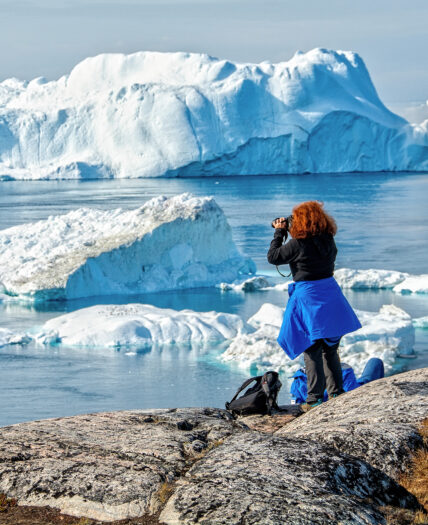
Photo Credit: Dennis Minty
-
Day 4
Western Greenland
Wandering Together
Greenland’s west coast is simply stunning—it’s one big panoramic postcard of superlatives.
Hikers, birders, poets, photographers, daydreamers and self-proclaimed philosophers easily fall under the coastal spell. Upon landing on Greenland’s stunner of a west coast, we can choose to pursue whatever activity makes our hearts pound hardest.
We can take a hike or a casual walk; stop to photograph or sketch the tiny, resilient tundra flowers; or contemplate evolution as we take in the mighty mountains.
Included Meals
All on-board meals
Accommodations
Your cabin on the Ocean Endeavour
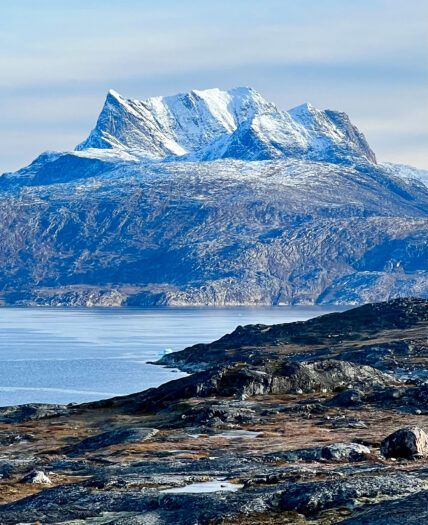
-
Day 5
Davis Strait
Unicorns of the Sea
The Davis Strait is the ocean expanse that links southeastern Baffin Island and southwestern Greenland. Narwhals, bowhead and pilot whales cruise through the strait, though sightings are dependent on zooplankton and schools of fish. Inuit fishermen have also relied on these shallow waters for Arctic char.
Baffin Bay’s estimated population of 50,000 narwhals accounts for 80 to 90% of the world’s population. The “unicorns of the sea” are playful year-round residents of Baffin Bay, feeding and mating in the winter.
This is an ideal time to kick back and scout the northern Atlantic for unicorns, minke, humpbacks, auks and other unexpected pop-up wildlife. Find a seat in a workshop, watch a documentary or take advantage of the ship’s amenities! There’s a gym, library or bar—and plenty of wandering Wild Women eager to keep you company if you want to chat, chill or sweat it out!
Included Meals
All on-board meals
Accommodations
Your cabin on the Ocean Endeavour
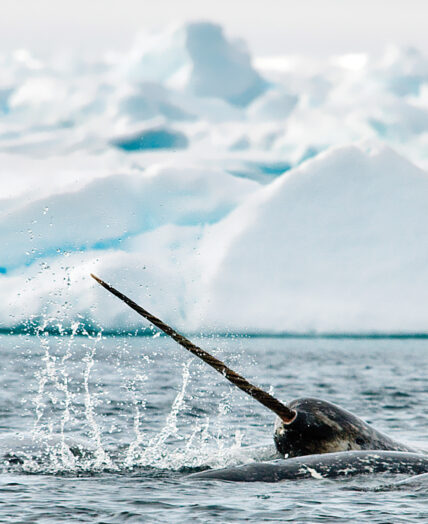
Photo Credit: Michelle Valberg
-
Day 6
Mittimatalik, Nunavut
Bang the Drum
Mittimatalik (Pond Inlet) is a tight-knit Arctic community located on the tip of northern Baffin Island. In the winter months (mid-November to mid-January) there is no sun. Nearby, Bylot Island has the largest breeding colony of greater snow geese in the Canadian High Arctic and 74 unique Arctic bird species.
We have the opportunity to explore the town of Mittimatalik, which has evolved dramatically over the last century. Early visitors included whalers, failed gold prospectors and missionaries. Long before the bounty hunters, Dorset, Thule and Inuit Culture followed the migratory paths of caribou, seal, fish, walrus, ptarmigans, hare and polar bear. Some still live traditionally on the land in outpost camps.
Later, we attend a vibrant cultural performance by the talented Tununiq Arsarniit Theatre Group. There will be drum dancing, unforgettable throat singing and storytelling by the Mittimatalik and those who proudly call this frozen landscape home.
Included Meals
All on-board meals
Accommodations
Your cabin on the Ocean Endeavour
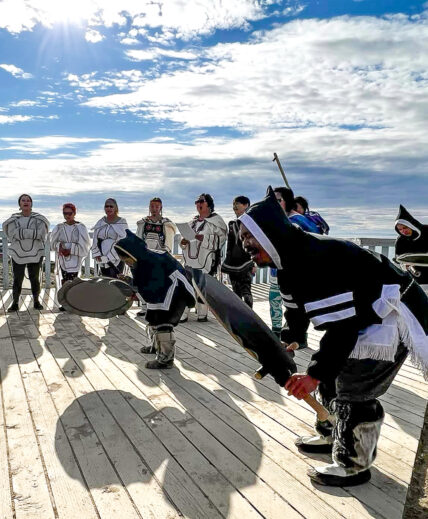
-
Days 7–11
Tallurutiup Imanga and Devon Island
An Archaeological Adventure
The next five days are dedicated to exploring Tallurutiup Imanga (Lancaster Sound), one of Canada’s newest National Marine Conservation Areas. Narwhal, beluga and bowhead whales frequent this area as do polar bears. We visit a number of the silent bays, hike across the tundra and actually stop to smell the flowers. The island’s growing season is short and sweet (40–55 days).
Devon Island, the largest uninhabited island on earth, lies on the northern border of Tallurutiup Imanga. The island’s geology is a showcase of flat-topped mountains, glacial valleys and a substantial ice cap.
We visit sacred archaeological sites, once home to Inuit and their irrepressible ancestors, as well as dive into the human history of Devon Island with a visit to the remains of a Royal Canadian Mounted Police post and Hudson’s Bay Company site at Dundas Harbour.
Included Meals
All on-board meals
Accommodations
Your cabin on the Ocean Endeavour
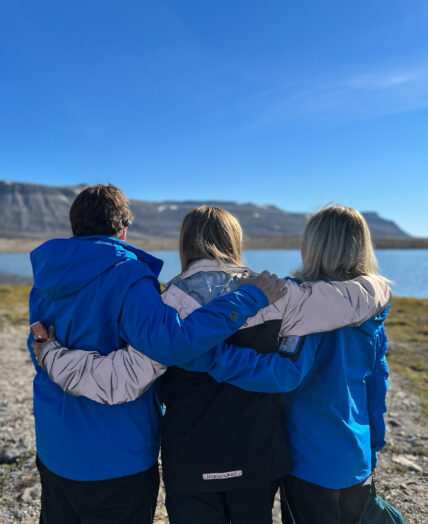
-
Day 12
Beechey Island
In Franklin’s Shadows
The ghostly Franklin Expedition Historical Site is a testament to the resilience of several ship crews (and later, search parties) who had winter encampments here, beginning with Franklin’s team in 1845–46. Three of his 130-person crew are buried here: John Torrington, William Braine and John Hartnell. They were exhumed (and reburied) in the 1980s as part of an anthropological examination, their bodies essentially mummified by the Arctic’s barometer.
Franklin’s crew wintered on the barren expanse of Beechey Island during their search for a Northwest Passage but became icebound off King William Island the following year. The death of these three men is still an unresolved Nancy Drew mystery. Was it really lead poisoning from their canned food diet? The rest of the crew resorted to cannibalism, so whose fate was worse? We visit the haunting memorial to the expedition that went sideways in a valiant attempt to make history.
Included Meals
All on-board meals
Accommodations
Your cabin on the Ocean Endeavour
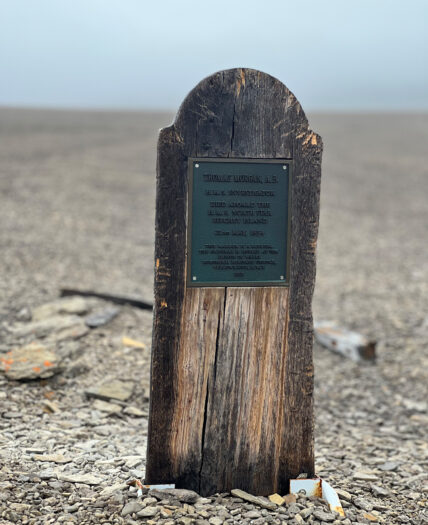
-
Day 13
Qausuittuq
A New Dawn
Qausuittuq, or “place with no dawn,” is named for its dark and moody winters. Here, we experience the midnight sun, a time of no darkness.
As we reach the end of our journey, we slide slowly past shoreline gravel flats, rocky coastal bluffs, deposits of a glacial moraine and a rocky history. In 1953, Inuit from Inukjuak (Quebec) and Mittimatalik were relocated under false pretenses by the Canadian government to assert Canadian sovereignty. Today, the community is home to just under 250 people and is an important staging point for High Arctic research, tourism and military activities.
We disembark the Ocean Endeavour with a big sigh, full heart and maxed-out camera memory card to board a southbound charter flight to Ottawa, Ontario.
Included Meals
All on-board meals
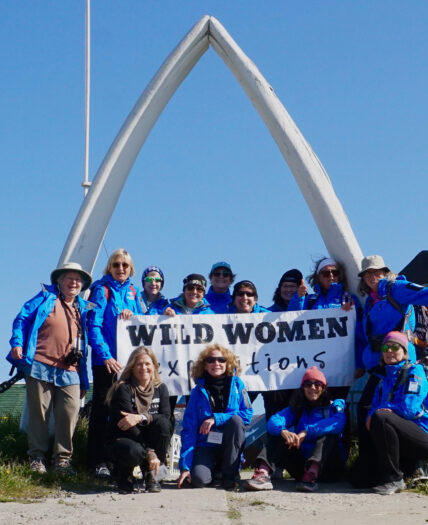
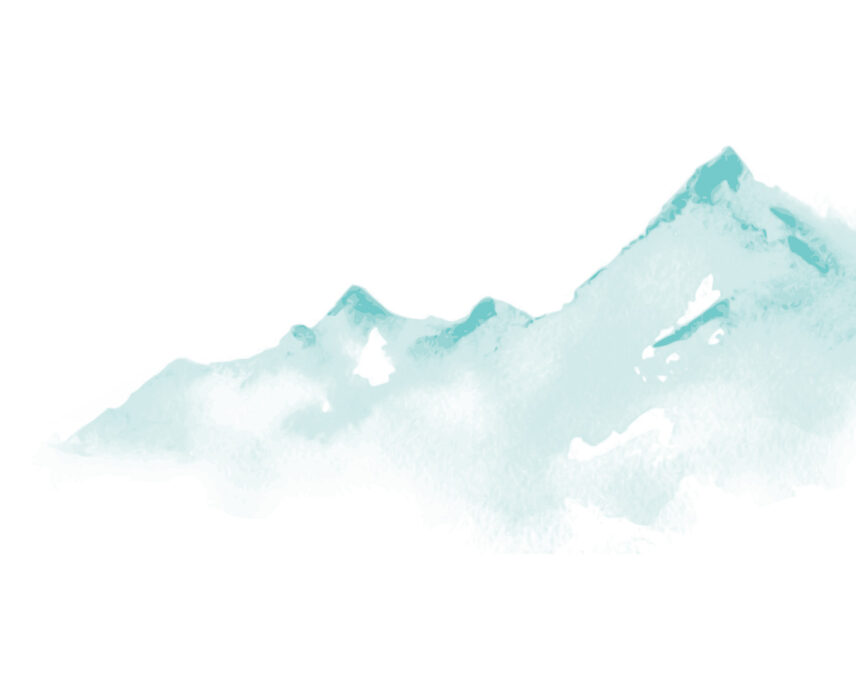
What’s Included
- Passage aboard the expedition ship Ocean Endeavour
- All onboard meals (even if you have seconds)
- Accommodation on the vessel (cabin categories 1–10 are subject to availability)
- A steely team of expert expedition staff
- Guided activities to stretch your legs and mind
- Sightseeing and community visits
- All Zodiac excursions
- Educational programming onboard, interactive workshops and evening entertainment
- A professional camera trial program for all skill levels
- Complimentary expedition jacket
- A handsome contribution to Adventure Canada’s Discovery Fund that supports local youth outreach, community support and habitat projects
- A Wild Women Expeditions Host
- Special access permits, entry and park fees
- Port fees, applicable taxes and the time of your life
What’s Excluded
- Northbound Charter Flight from Toronto, Ontario (YYZ) to Kangerlussuaq, Greenland (SFJ)
Additional fee for 2024: $1,375 USD - Southbound Charter Flight from Resolute, Nunavut (YRB) to Ottawa, Ontario (YOW)
Additional fee for 2024: $1,270 USD - Gratuities
- Personal Expenses
Please Note:
Upon booking, charter flight arrangements will be made for you by Wild Women Expeditions and added to your trip’s final balance.
All applicable taxes are included in the trip price.
25% Off Early Booking Bonus already reflected in trip price.
Adventure Canada itineraries may be subject to change without notice due to weather, ice and sea conditions. Please review our Booking Terms.
Trip Add-Ons

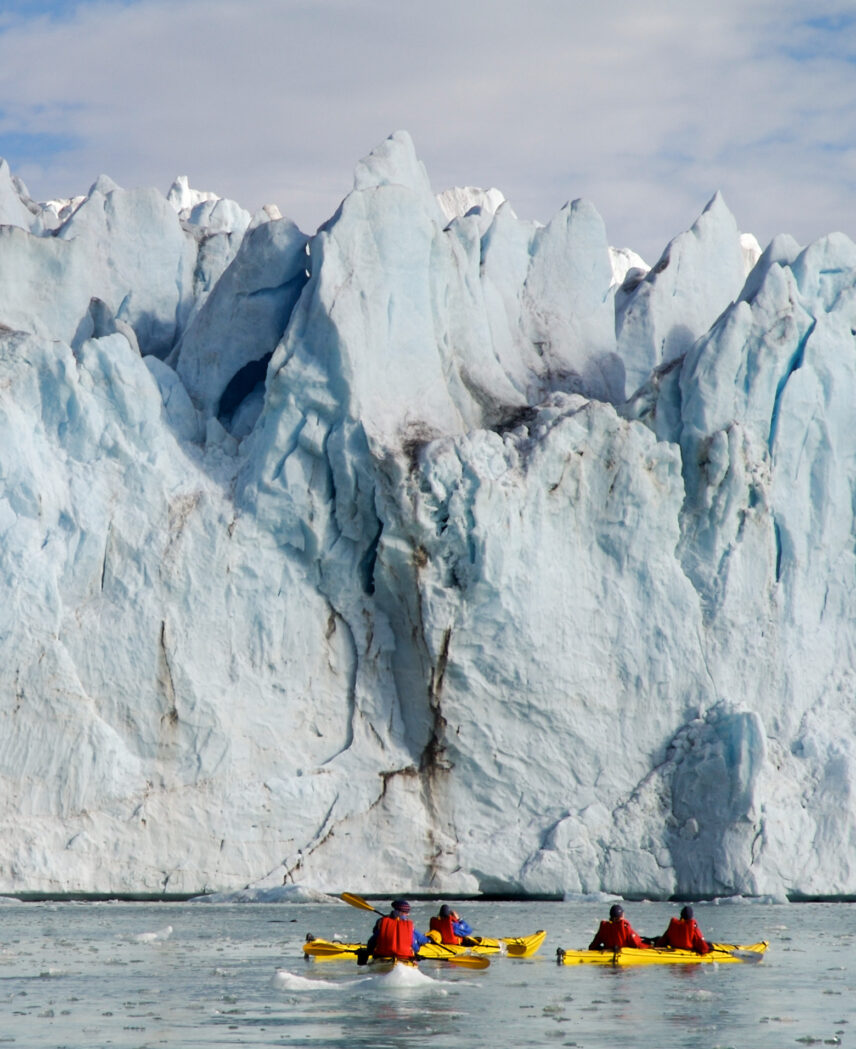
Kayaking
$800 USD Per Person
Join us for this rare opportunity to experience magical places by water. Our qajaq (Inuit for “kayak”) program will bring you through pristine waters, near marine life and along a historic coastline. Limited space is available per departure, and an application process is required for this activity. Some kayaking experience is required.
*Price based on 2024 departure date.

Bicycle Rentals
Explore the stunning Arctic landscape on two wheels. A fleet of Kona mountain bikes is available for rent during set times throughout each expedition. Cycling excursions are only available in predetermined community visits, and passengers will be notified when they are available one to two days in advance of the excursion of the daily recap.
*Prices may vary based on departure dates.
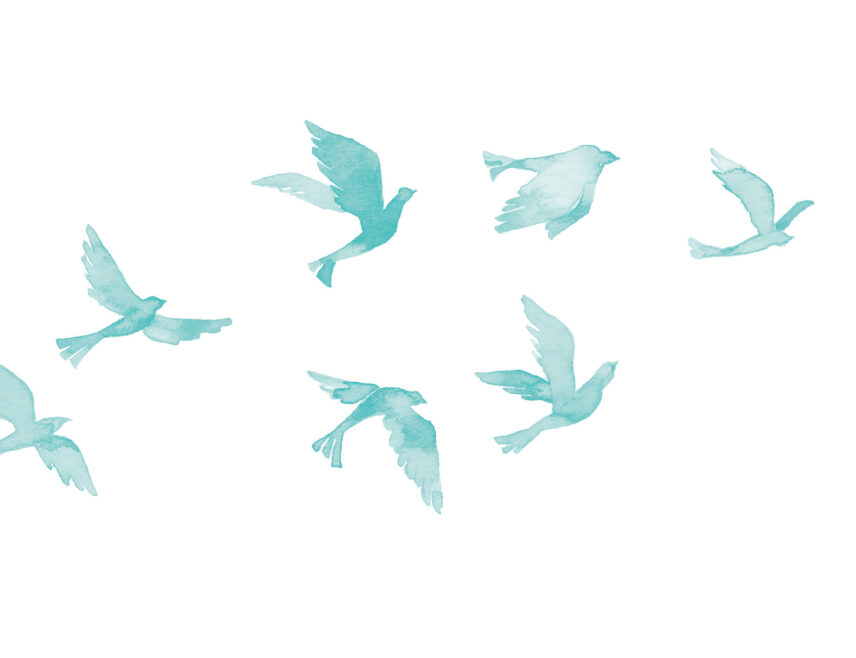
The Ship & Cabins
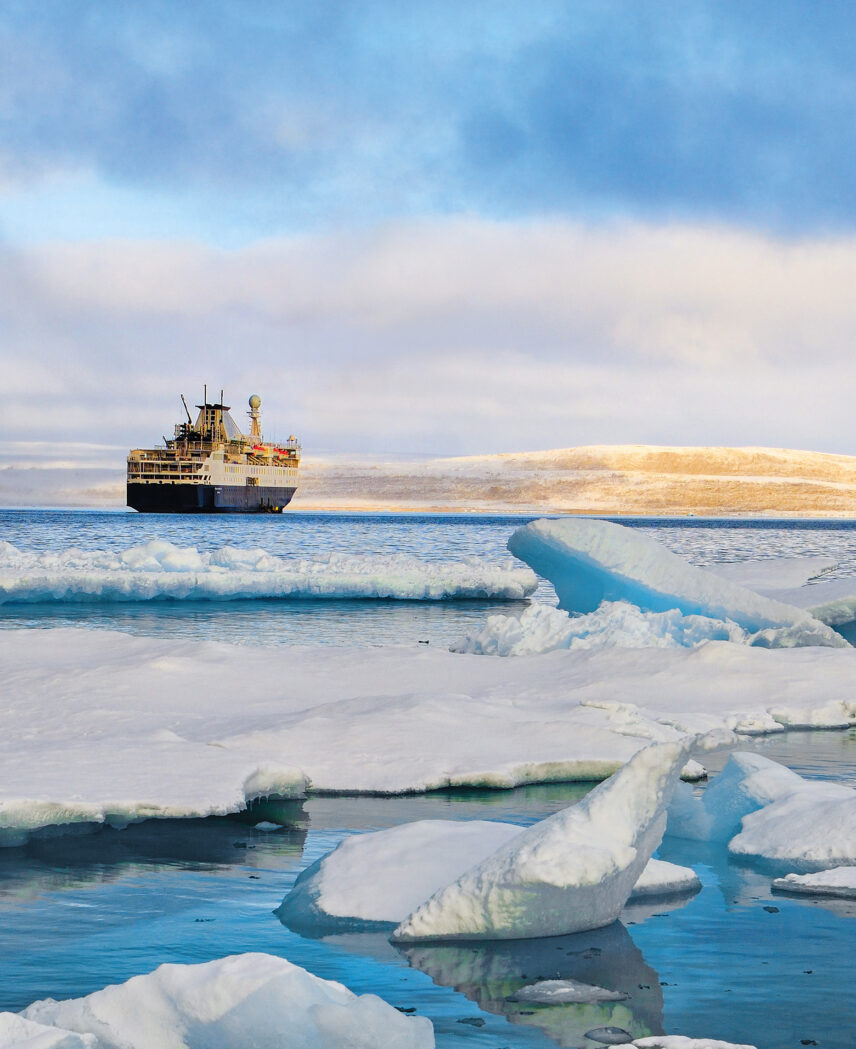
Photo: Bogner Bog
The Ocean Endeavour
The Ocean Endeavour is a 198-passenger ice-strengthened vessel with twenty Zodiacs, advanced navigation equipment and stabilizers. A doctor, paramedic and medical clinic offer complete peace of mind. The ship has several lounge areas, a library and multiple viewing decks, where you can relax by yourself or with your newfound crew.
Ship Specifications
Capacity: 198 passengers
Crew: 124
Registry: Bahamas
Ice Class: 1B
Length: 137 metres (450ft)
Breadth: 21 metres (19ft)
Draft: 5.8 metres (19ft)
Cruising Speed: 15 knots
Safety Features: 6 fully enclosed lifeboats and 8 life rafts. The ship has an ice-strengthened hull and the lifeboat and life raft capacity exceeds SOLAS requirements with at least 25% additional capacity above the number of people on board.
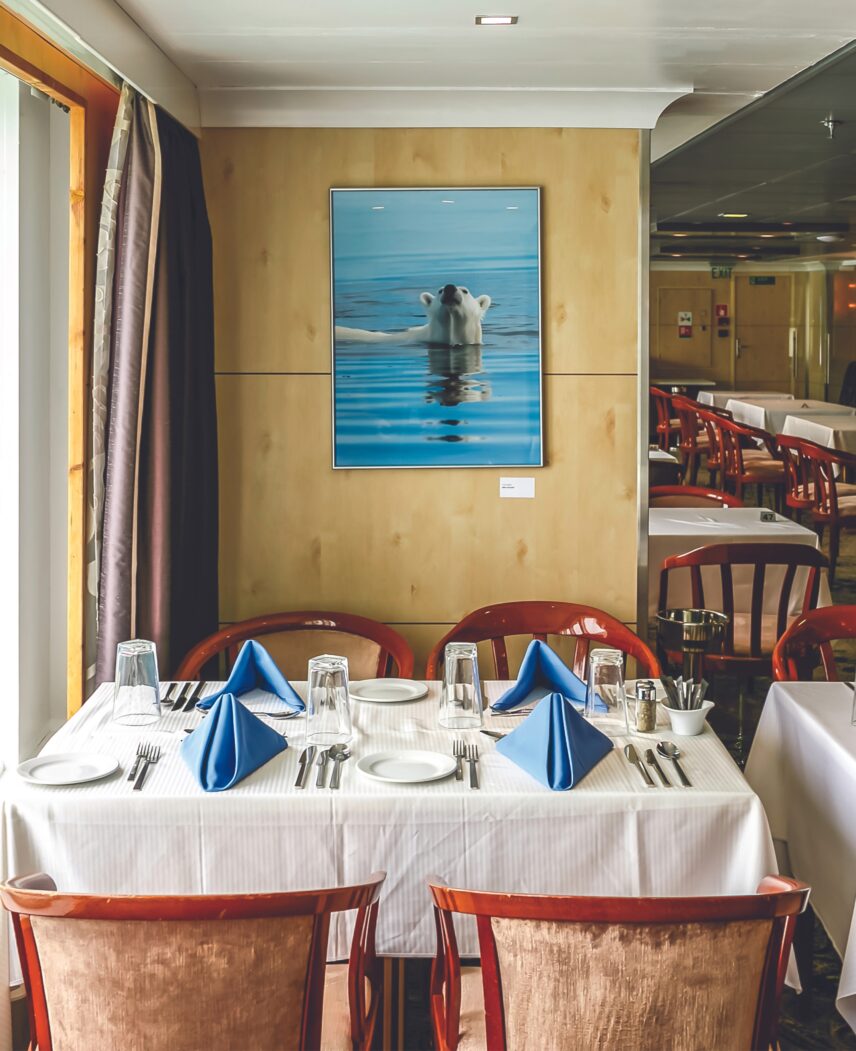
Food on Board
Enjoy open-seating meals in the roomy Polaris Restaurant, surrounded by ocean views. Adventure Canada staff mingle and share their expertise over meals. Breakfast and lunch include a wide variety of tasty and healthy choices. Globally inspired a la carte suppers offer options to suit every taste, including fish and vegetarian options. Desserts, made fresh daily, are a highlight! Food sensitivities, special diets, and personal choices can be accommodated with advance notice. Early-bird breakfast, afternoon tea, late-night snacks, and treats round out the offerings. And tea, coffee, and cookies are always available!
Life on Board
Life aboard Ocean Endeavour is as relaxed or as engaged as you want it to be. The onboard spa, library, hot tub, sauna, gift shop, multiple lounges, and viewing areas offer comfort and ease. Our programming is designed to enhance your understanding and appreciation of the regions we visit. Presentations, workshops, entertainment, and special events complete the excursions. From dances to polar plunges, from lounge concerts to theme parties, we love to have a great time together!
Choose Your Cabin
Below are details about the cabin options available. All cabins are shared with one of your new Wild Women friends. However, the earlier you book, the more likely you are to be paired with your travel companion.
Cabin Category 7
Select Twin
- Picture windows, unobstructed view
- Two lower berths
- Private bath
- Hair dryer, bathrobe, towels, body wash, and hair care products
- Intercom, telephone, and flat screen TV
- Approximately 190 square feet
Cabin Category 6
Comfort Twin
- Two porthole windows, unobstructed view
- Two lower berths
- Private bath
- Hair dryer, bathrobe, towels, body wash, and hair care products
- Intercom, telephone, and flat screen TV
- Approximately 175 square feet
Cabin Category 5
Main Twin
- Picture windows, unobstructed view
- Two lower berths
- Private bath
- Hair dryer, bathrobe, towels, body wash, and hair care products
- Intercom, telephone, and flat screen TV
- Approximately 115 square feet
Cabin Category 4
Exterior Twin
- Porthole window, unobstructed view
- Two lower berths
- Private bath
- Hair dryer, bathrobe, towels, body wash, and hair care products
- Intercom, telephone, and flat screen TV
- Approximately 100 square feet
Cabin Category 3
Interior Twin
- Interior cabin
- Two lower berths
- Private bath
- Hair dryer, bathrobe, towels, body wash, and hair care products
- Intercom, telephone, and flat screen TV
- Approximately 120 square feet
Cabin Category 2
Triple
- Interior cabin
- Three lower berths
- Two private baths
- Hair dryer, bathrobe, towels, body wash, and hair care products
- Intercom, telephone, and flat screen TV
- Approximately 200 square feet
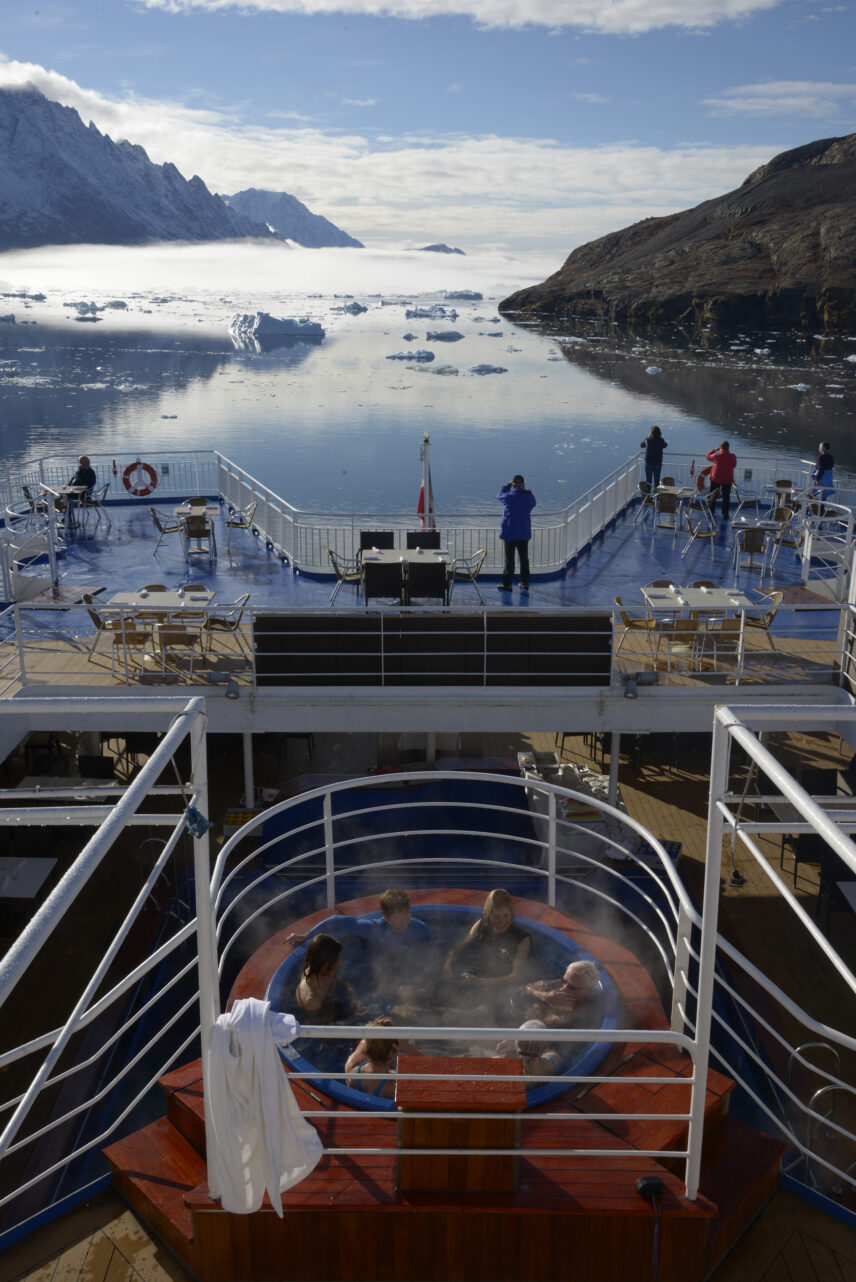
Hot Tub
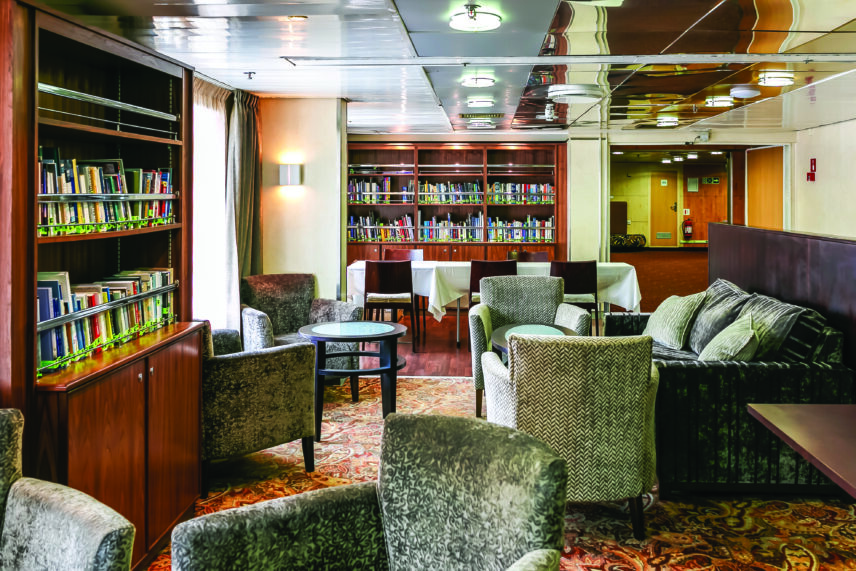
Compass Club – Library
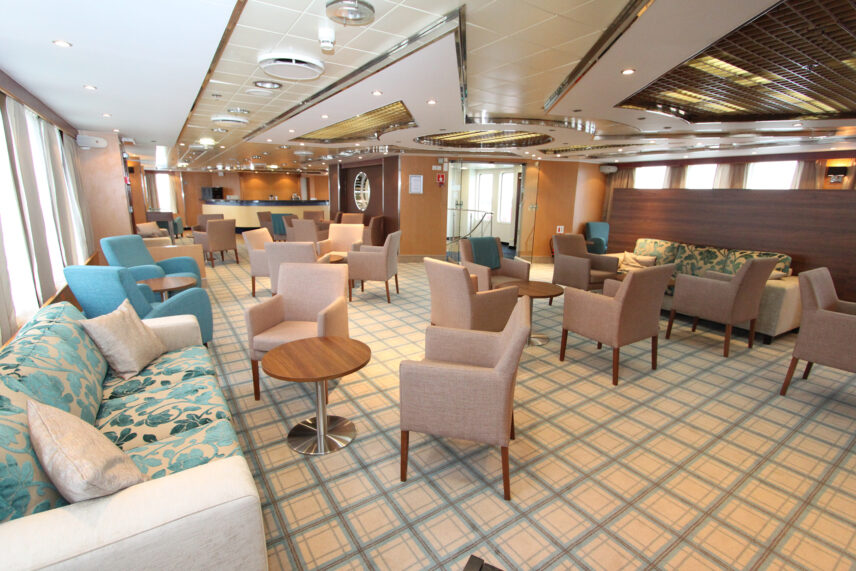
Meridian Club
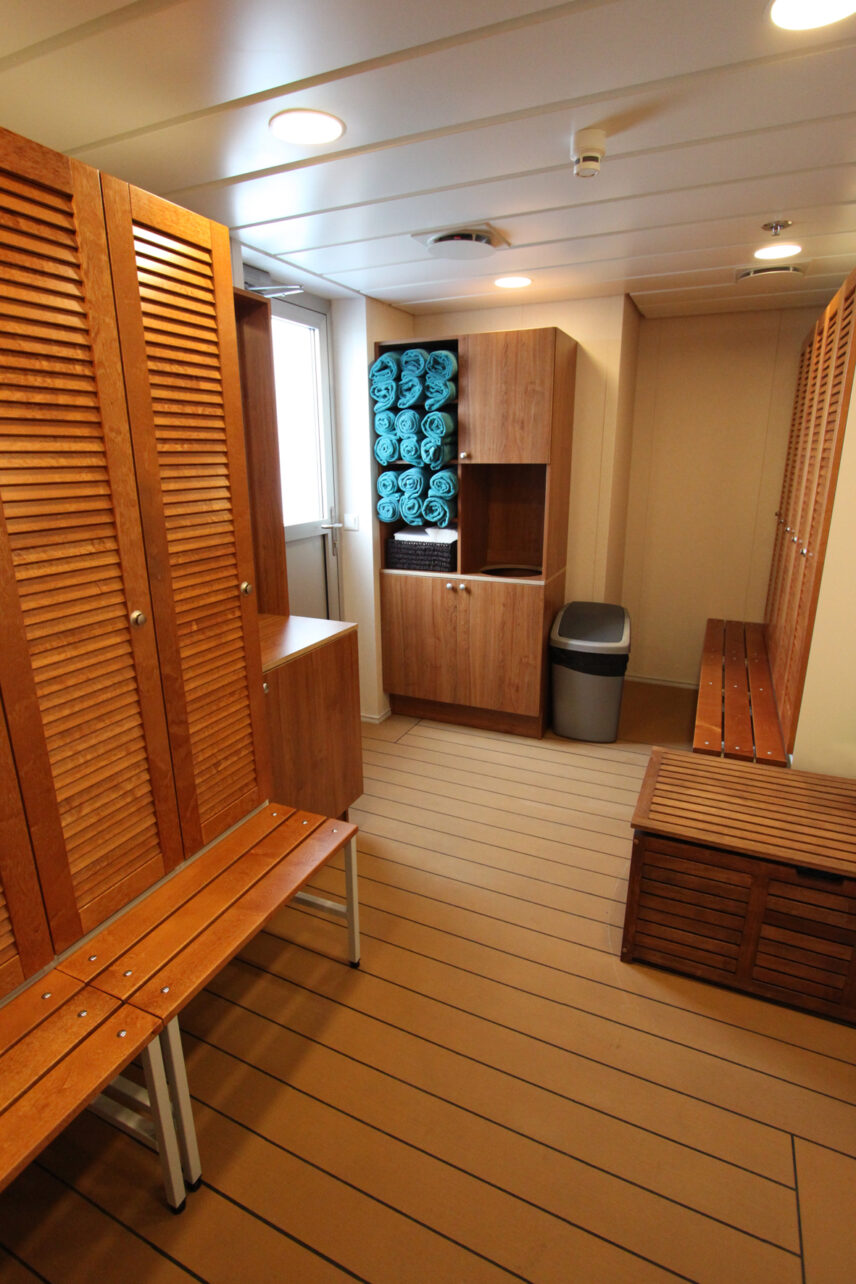
Sauna
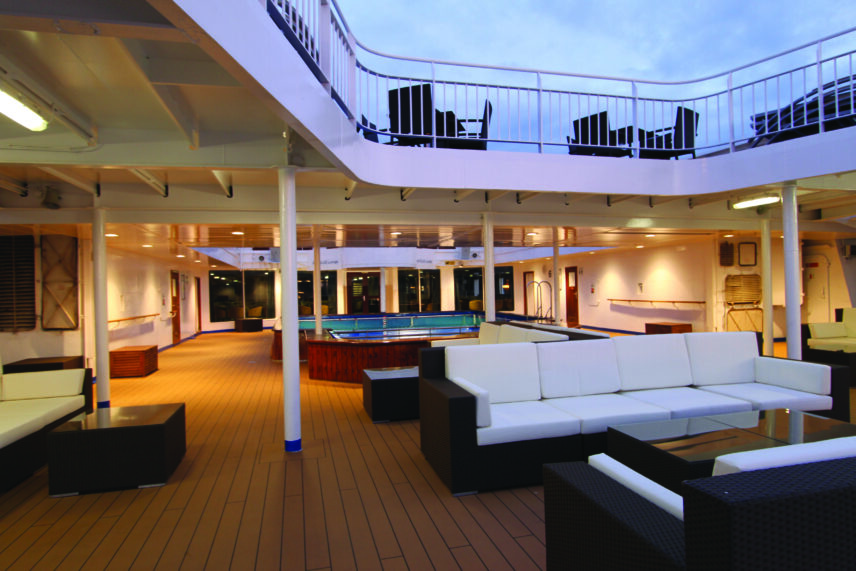
Pool Deck – Stern
Cabin Upgrades
While we have reserved the cabin options above, you may have the option to book a different cabin for an additional cost, subject to availability.
Cabin Category 10
Suite
- Forward-facing picture windows, unobstructed view
- Matrimonial bed (bigger than US double but smaller than a Queen)
- Private bath with full tub
- Refrigerator
- Hair dryer, bathrobe, towels, body wash, and hair care products
- Intercom, telephone, and flat screen TV
- Approximately 310 square feet
Cabin Category 9
Junior Suite
- Picture windows, unobstructed view
- Matrimonial bed (bigger than US double but smaller than a Queen)
- Private bath
- Sitting area
- Hair dryer, bathrobe, towels, body wash, and hair care products
- Intercom, telephone, and flat screen TV
- Approximately 270 square feet
Cabin Category 8
Superior Twin
- Two picture windows, unobstructed view
- Two lower berths
- Private bath
- Sitting area
- Hair dryer, bathrobe, towels, body wash, and hair care products
- Intercom, telephone, and flat screen TV
- Approximately 210 square feet
Cabin Category 1
Quad
- Interior cabin
- Four lower berths
- Private bath
- Hair dryer, bathrobe, towels, body wash, and hair care products
- Intercom, telephone, and flat screen TV
- Approximately 240 square feet

Trip Details
The Ocean Endeavour
While you’ll be with the Wild Women group, this isn’t an exclusive Wild Women Expeditions or 100% women-only trip. The Wild Women group size can range from 10 to 40 women, but there will be other passengers along for the journey. In addition, the staff and crew of the Ocean Endeavour, a 198-passenger ship, will also be co-ed.
Our Expedition Cruise Partner’s Client Portal
Approximately three to four months prior to departure, you will receive an email with a unique URL link to our partner’s information portal. Please carefully and thoroughly complete these forms with your current personal and medical information, dietary preferences or requirements and other information as requested.
Arrivals and Departures
This expedition starts in Toronto, Ontario (airport code: YYZ) and finishes in Ottawa, Ontario (airport code: YOW).
The Wild Women Way
If you’re wondering how we roll, it’s together. The Wild Women Way is our modus operandi, our mantra and our rock solid foundation. You can learn more about our Wild Ways HERE.

How We Support You
Ready for a big adventure? On this trip we brave the elements, hike uneven coastal terrain and have several Zodiac transfers (from the ship to Zodiac and from Zodiac to shore). Yes, it can be a challenge, but you’re never alone. Like thousands of women before you, you’ll draw on the strength you didn’t know you had and tap into your inner explorer.
Like all our trips, this trip can be scaled to suit different abilities and comfort levels. Still have concerns? Let’s talk about it.
What the Trip Entails
- Entering and exiting the Zodiacs
- Maneuvering around tight spaces
- Walking on uneven terrain
- Being on a boat for an extended period of time
- Due to strong currents, there may be moderate movement on the vessel while navigating (most passengers are not affected)
- If you choose to go on the kayaking excursions, some kayaking experience is required
- Please note that Wild Women small ship expeditions are not 100% Wild Women exclusive or women-only. Staff, crew and fellow passengers on the Ocean Endeavour will be co-ed
- Physical Rating: Easy (Some physical activity included. Trips are the most leisurely with an average of 1-4 hours of physical activity each day.)

